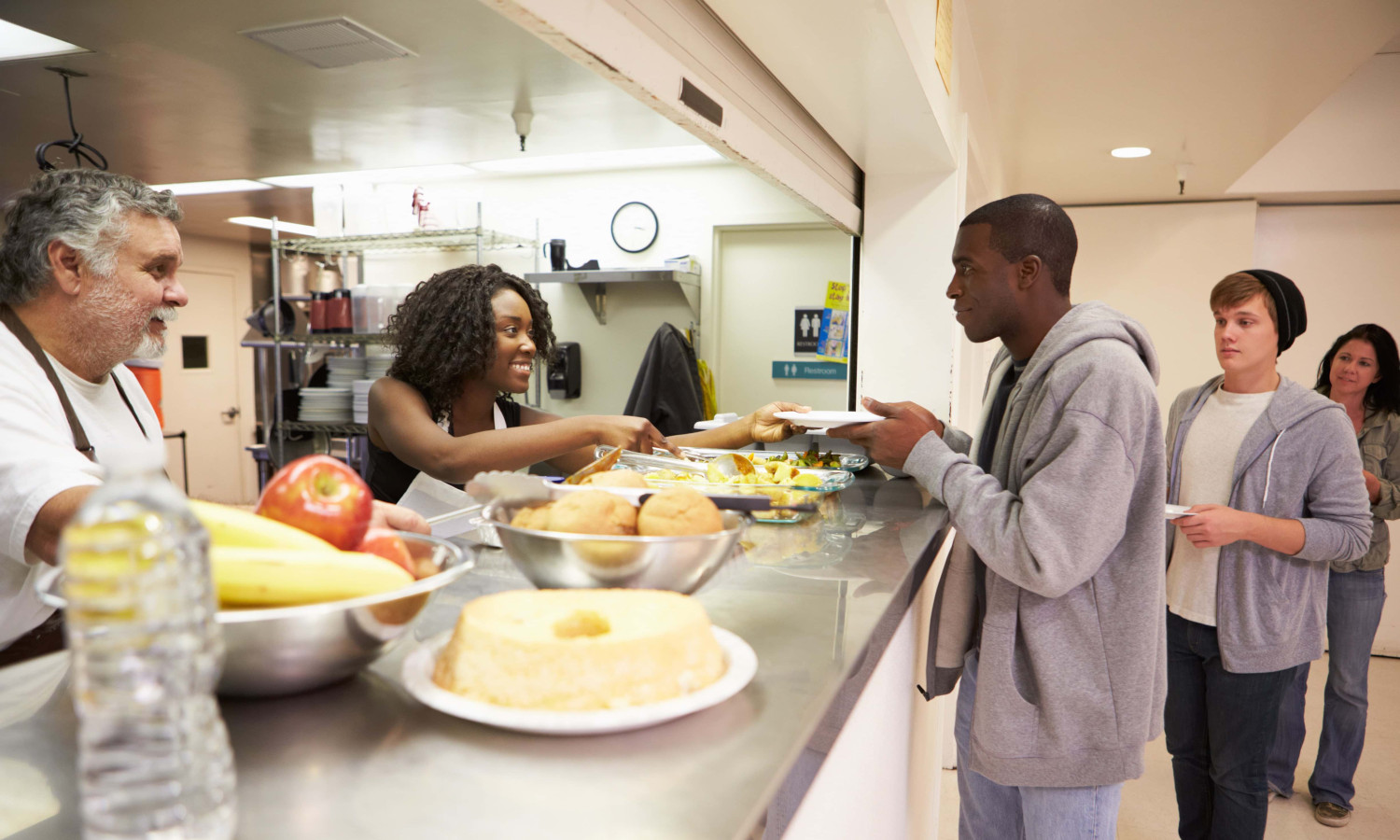With growing concern around food waste and hunger throughout the world, many chefs are taking note and looking for ways to get involved. LA&SF Specialty, a California based supplier of gourmet foods, created Chefs to End Hunger (CTEH) to prevent waste. Since 2012, CTEH has been helping get food to those who need it most in California, Nevada, and Arizona, and aims to eventually become a nationwide program. Food Tank had the chance to speak to the Program Director of CTEH, Brette Waters, about the impact it’s making in the region and why it’s important.
“Seeing the time and care that went into food preparation and the dining experience, only to have much of that food land in the trash at the end of every day, was troubling,” Waters tells Food Tank. According to the Natural Resources Defense Council, nearly 40 percent of the food produced in the United States never gets eaten, and most of it ends up in landfills where it contributes to greenhouse gas emissions. At the same time, data from the California Association of Food Banks shows that one out of every eight Californians are food insecure and aren’t sure where their next meal will come from.
With many chefs working tirelessly to create high quality and delicious meals while being uncertain about how to help fight food insecurity, a simple and practical method is needed to redirect any food that doesn’t get sold. CTEH works with foodservice operations to offer a simple solution. “Donating surplus food should be easy,” Waters tells Food Tank. “We supply the materials: a ‘hunger kit’ consisting of a cardboard box with a logo, three aluminum pans and lids, and a box liner. After the kits are filled with surplus food, they are staged in the kitchen’s refrigerator until their LA&SF Specialty driver returns the next day for a produce delivery, and backhauls the surplus food to our regional warehouses, where it awaits distribution to regional charitable organizations.”
CTEH has gained attention for its efforts and partnerships with world-renowned chefs. This year’s Governor’s Ball, catered by Wolfgang Puck, was able to redirect much of the leftover high-quality food from the Hollywood after-party to the homeless on Skid Row with the help of CTEH. Waters tells Food Tank, “the culture of the chef as celebrity is real and continues to grow. More recently the issue of food waste has become front and center. With respected chefs getting behind the cause of food waste as an environmental, social, and economic challenge, the world of food recovery has expanded its reach.”
In 2011, California legislature set a policy goal to divert 75 percent of solid waste to landfills through reduction practices, recycling, and composting by 2020. While most Americans may be taking steps to reduce their food waste, reaching this goal can still be ambitious and could require mobilization from every part of the state’s food system alongside rescue initiatives like CTEH. Waters tells Food Tank, “on a business level, I think it is important that there are now standards that need to be upheld with regards to the amount of food that can be disposed, and consequences for those entities that do not meet these standards. On a consumer level, the more visibility there is of the existence of food waste, and the subsequent consequences, the better.” In 2018, CTEH helped keep 3.2 million pounds of food from going to landfills, making a contribution towards reaching the state goal while also serving 2.6 million meals to those in need. The organization was recognized by the LA Food Policy Council as a “best partner” in food recovery initiatives in Los Angeles County for its efforts in reducing waste and fighting hunger.
“Providing healthy food options, prepared and handled with thought and care, elevates the experience from standing in line at a food bank to dining on a meal that has been touched by the hands and hearts of experienced chefs,” Waters tells Food Tank.






